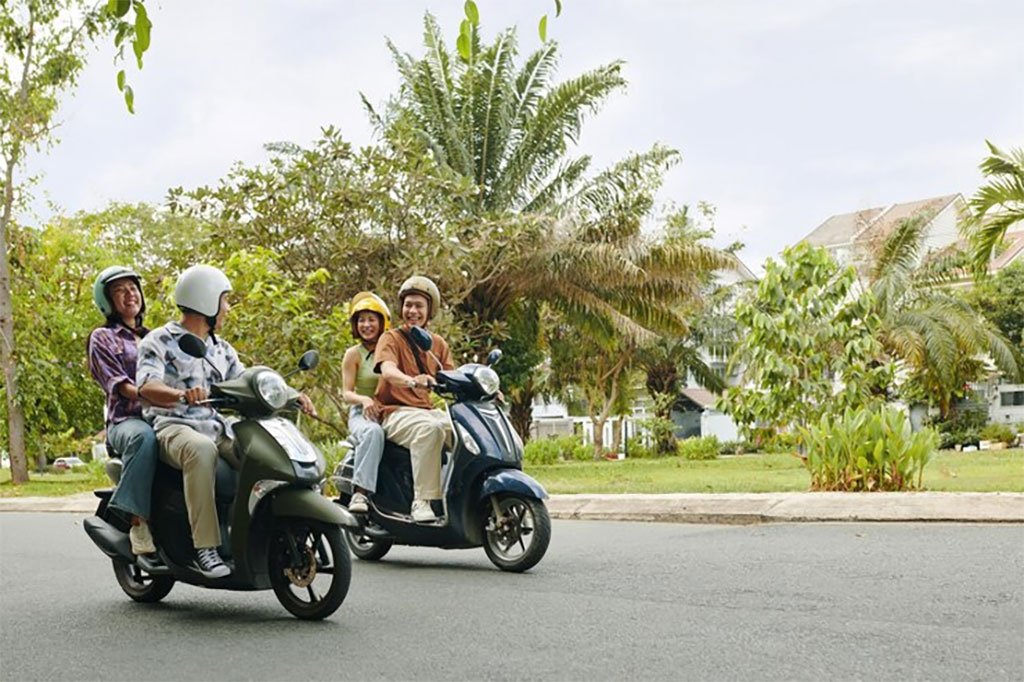How to Photograph Ubud Bali’s Stunning Rice Terraces
Ubud, Bali, is renowned for its lush landscapes, rich culture, and serene atmosphere. Among its most iconic features are the stunning rice... Read More

Ubud, Bali, is renowned for its lush landscapes, rich culture, and spiritual ambiance. Navigating this enchanting town requires understanding its unique transportation options. Whether you’re a first-time visitor or a seasoned traveler, this guide will provide comprehensive insights into getting around Ubud efficiently and affordably.
Renting a scooter is one of the most popular ways to explore Ubud. It offers flexibility and access to remote areas like Tegallalang Rice Terraces and Tegenungan Waterfall. Rental prices typically range from IDR 50,000 to IDR 70,000 per day.
Tips:
While ride-hailing services like Grab and Gojek are widely available in Bali, their availability for pickups in Ubud can be limited due to local regulations . However, they are convenient for drop-offs and can be useful when traveling to or from Ubud.
Advantages:
Hiring a private driver is ideal for those seeking comfort and personalized experiences. Drivers can be booked for specific trips or full-day tours, providing flexibility to explore Ubud’s attractions at your own pace.
Benefits:
For a more sustainable and intimate experience, consider renting a bicycle. Cycling allows you to navigate Ubud’s narrow lanes and immerse yourself in its serene environment. Rental prices range from IDR 20,000 to IDR 30,000 per day .
Considerations:
Ubud’s compact size makes it walkable, especially around the central market and Monkey Forest. Walking allows you to experience the town’s vibrant culture, art galleries, and street food at a leisurely pace.
Recommendations:
Public buses, such as the Perama shuttle service, offer an economical way to travel between Ubud and other parts of Bali, including Denpasar and the airport . While not the fastest option, they provide a glimpse into local life and are suitable for budget-conscious travelers.
Pros:
Cons:
In an effort to alleviate traffic congestion and promote sustainable tourism, Bali has announced plans for a £15.1 billion underground railway system, the Bali Urban Subway. Scheduled for completion by 2031, the system aims to connect major tourist hubs, including Ubud, enhancing mobility for both locals and tourists.
Getting around Ubud offers various options tailored to different preferences and budgets. Whether you choose the freedom of a scooter, the comfort of a private driver, or the eco-consciousness of cycling, each mode of transportation provides a unique way to experience the heart of Bali. By understanding these options and planning accordingly, you can ensure a smooth and enjoyable journey through Ubud’s enchanting landscapes and rich culture.
Berikut adalah versi lengkap FAQ (Frequently Asked Questions) dalam bahasa Indonesia untuk artikel:
The most popular way is by renting a scooter, offering flexibility and affordability. If you’re not comfortable riding, hiring a private driver or using ride-hailing apps like Grab or Gojek are great alternatives.
Yes, if you’re experienced. Roads can be narrow, hilly, and crowded. Always wear a helmet, drive slowly, and have a valid International Driving Permit (IDP).
They are available but limited in central Ubud due to local restrictions. They’re more commonly used for drop-offs into Ubud rather than pickups from the area.
A full-day private driver usually costs between IDR 500,000 and 800,000 (around $30–$50 USD), depending on distance and duration. This often includes fuel and can be booked via hotels or travel apps.
Yes, especially within central Ubud. Places like the Ubud Market, Monkey Forest, and Ubud Palace are walkable. For attractions outside the center, you’ll need transport.
Yes, especially for those who enjoy eco-friendly and active travel. However, some roads can be steep or busy, so confidence and physical fitness are advised.
Yes, though limited. Shuttle services like Perama or Kura-Kura Bus connect Ubud with other towns. They’re affordable but less flexible and slower than private transport.
Yes. Many insurance policies require a valid motorcycle license and International Driving Permit for coverage. Without them, any injuries or accidents may not be covered.
It can be, especially during peak hours (9:00–11:00 AM and 3:00–6:00 PM) or near tourist areas. Plan your trips early to avoid congestion.
Yes! Bali is planning the Bali Urban Subway, an underground train network expected by 2031. It aims to connect Ubud with other major tourist hubs and reduce traffic congestion.
Join The Discussion